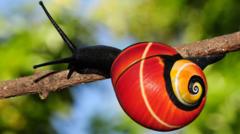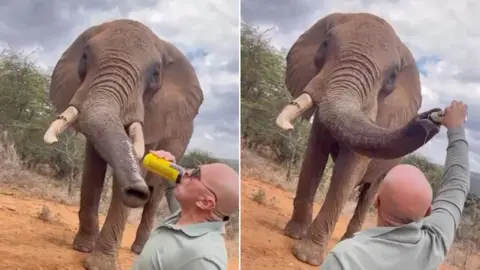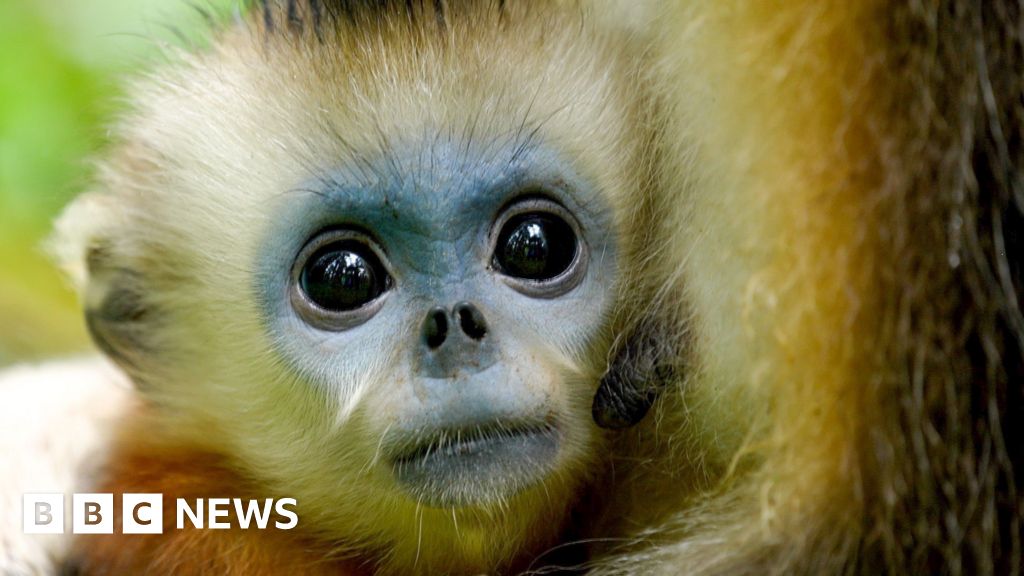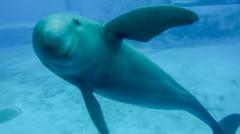Researchers have initiated a crucial mission to protect the Polymita tree snails, recognized for their stunningly vibrant shells, from the brink of extinction. Native to the forests of Eastern Cuba, these snails are becoming increasingly endangered due to illegal shell trading driven by collectors who are drawn to their beauty.
The Polymita species are not just notable for their aesthetics; they represent a complex evolutionary mystery. Six known species exist, with Polymita sulphurosa being critically endangered due to its unique lime green shell emblazoned with blue flame patterns and vivid orange-yellow bands. The allure of their captivating appearance, as noted by evolutionary geneticist Professor Angus Davison from the University of Nottingham, directly contributes to their endangerment.
While there exist international protections under the Convention on International Trade in Endangered Species, enforcement remains challenging. The illegal collection of snails within Cuba threatens to reduce their numbers significantly. Platforms in the UK market empty shells for considerable prices, further exacerbating the problem. These shells, once homes to living creatures, are often sold as decorative items, unknowingly pushing some species closer to extinction.
To combat this issue, biologists from Cuba and the UK are collaborating on an innovative project that combines research with hands-on conservation efforts. This initiative includes the breeding of Polymita snails in captivity while studying their genetic makeup to understand their diversity better and identify the traits that contribute to their striking shells.
Professor Bernardo Reyes-Tur, a conservation biologist in Cuba, is working on this endeavor amidst challenging conditions, including unreliable electricity. His efforts aim to nurture the snails until they breed successfully in captivity. Meanwhile, researchers at the University of Nottingham are analyzing genetic samples to gain insights into the snails’ evolution, helping to confirm species classifications and relationships among them.
As climate change and habitat loss further threaten these unique snails, the researchers remain hopeful. Their ultimate goal is to harness genetic information to enhance conservation efforts, ensuring that these extraordinary creatures do not vanish from their only home. Eastern Cuba is not just the habitat of the Polymita; it is also where their advocates and guardians reside, working tirelessly to secure a future for them.


















